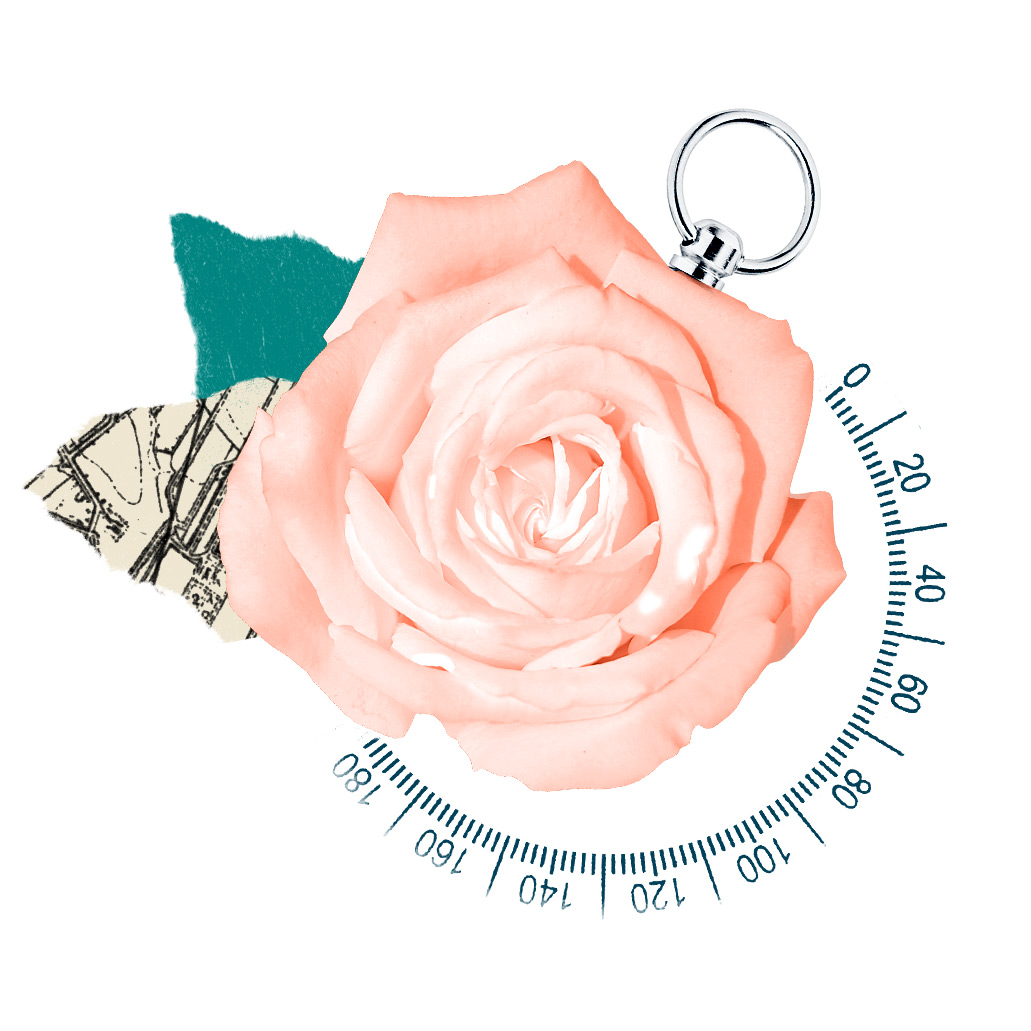Find Lessons
We’ve scoured the best sources from around the world and put them in one place. Use our filter below to find what works best for you and your students.

We’ve scoured the best sources from around the world and put them in one place. Use our filter below to find what works best for you and your students.

8 Results Meet Your Requirements
Watch a video by Yad Vashem on the ghettos that features diary entries from a child living in the Lodz ghetto.
Students will learn about the difficult circumstances that survivors faced after the war in rebuilding their lives, and learn about the different factors in many people's decision not to return to the countries where they had previously lived.
Students will learn about the pre-genocide expulsion of Jews that took place in 1938. This lesson will open a discussion about refugees, statelessness, and international complicity.
Hear the testimony of a man forced out of his home country during the Nazi’s program of mass deportations. This lesson will also introduce students to an ongoing debate about whether or not genocide was always Hitler’s intention, or the result of a failure to expel the Jews from Europe.
Students will learn about the international community’s failed attempt to find suitable options to the refugee crisis following Germany’s annexation of Austria.
Read a short text about the reality of life after the war in Displaced Person (DP) camps. Students will engage with the content by exploring a variety of questions about the post-war situation for Holocaust victims.
Students will engage with a survivor's personal story about the aftermath of the war, immigration, and the complexity of re-building home and family.
Students will hear the story of one survivor, Raye David, and discuss topics surrounding the concept of home, how survivors rebuilt their lives after the war, the kinds of things that they deemed most important in rebuilding their lives, and why they chose not to return to the countries where they were born.